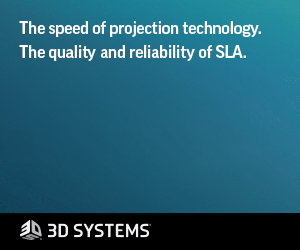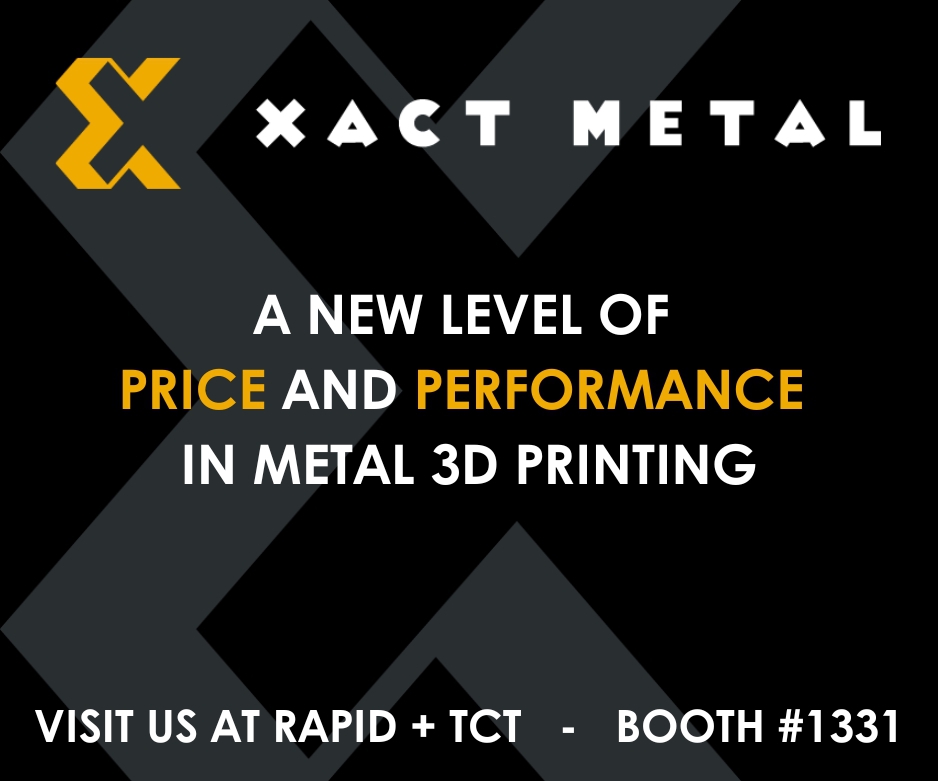Nanoelectronics 3D Printing System Completed by ATLANT 3D
European firm ATLANT 3D, in collaboration with twelve partners, has announced the successful completion of the Horizon 2020 Mesomorph project. Entirely funded by the European Commission with a budget of approximately €10 million, the initiative aims to revolutionize the production of nano- and micro-components necessary for future advanced technologies.
3D Printing and Assembling for Microelectronics
Concluded on March 31, 2024, the Mesomorph project focused on developing an all-in-one machine capable of integrating femto laser micro-ablation, two-photon polymerization (2PP), and atomic layer deposition technologies. Researchers at the ARM Laboratory at SUPSI, with contributions from ATLANT 3D and other technological partners, engineered and built this machine machine with the primary goal of producing of micro-electromechanical systems (MEMS), micro-sensors, and micro-devices that are smaller, lighter, and more energy efficient.
The Mesomorph machine comprises three primary stations: a femtosecond and 2PP unit, a selective area direct atomic layer processing (SADALP) unit, and a micro-assembly and bonding unit. The first features five degrees of freedom (DoFs), organized into three linear mechanical axes and two optical ones with a production volume of 500x500x250 mm. The unit’s laser splits a high-power beam (500 W) into multiple parallel beams and can perform 2PP for 3D printing details down to 100 nm in scale.
The SADALP unit is made up of a three DoF Cartesian architecture and includes multiple independent nozzle-heads to perform conformal, direct material writing, and removal with “atomic precision” of over 450 feedstocks. Positioned between the SADALP and femto laser units, the micro-assembly and bonding unit handles and assembles micro-components such as silicon dies, sensors, opto-components, and MEMS. The unit automatically picks components from Gel-Packs, Waffle Packs, and Wafer Film frames, placing them onto substrates and packages. A specialized pick-up tool, supported by an enhanced vision system, avoids contact and potential damage to sensitive areas of the components.
Micro-assembling is optimized through a multi-level neural network system. During the training phase, component specifications are fed into a physics simulator, which includes all physical, static, and dynamic data about the machine’s micro-gripper. This process ensures precise grasping and releasing of parts, enhancing reliability and effectiveness.
Mesomorph in the Real World
The project was driven by a consortium of thirteen partners, each contributing its respective expertise to the effort. ATLANT 3D led the project, bringing its specialization in additive manufacturing technologies and 3D printing solutions. The consortium also included the Scuola Universitaria Professionale della Svizzera Italiana (SUPSI), a Swiss university of applied sciences; Iris SRL, an industrial research and innovation firm; UAB Femtika, a Lithuanian company focused on femtosecond laser micromachining; and NLight Europe SRL, known for its high-power laser solutions. Additional partners were Morphica Societa a Responsabilita Limitata, engaged in digital platform development for manufacturing; Friedrich-Alexander-Universitaet Erlangen-Nuernberg (FAU), a leading research university in Germany; Politecnico di Torino, a renowned technical university in Italy; ST Microelectronics SRL, a global semiconductor leader; Smolsys AG, specializing in micro- and nanotechnology; Heliotis AG, developers of optical measurement and inspection technologies; MCH-Tronics SAGL, focused on microelectronic and mechatronic systems; and Yalosys AG, specialists in advanced manufacturing systems and automation.
According to the partners, the Mesomorph machine’s capabilities have been thoroughly validated, demonstrating its potential to produce micro-systems with unprecedented dimensions and functionalities. Outside of research and prototyping, the machine is meant to be used for optoelectronics, such as LEDs, photodetectors, and laser diodes; advanced medical devices like micro-needles, implantable sensors, and lab-on-a-chip systems; MEMS and microsensors used in various applications, from automotive to consumer electronics; and micro-sensors enables applications in environmental monitoring, including air and water quality assessment.
The Mesomorph machine will remain operational at the ARM Laboratory of the Innovative Technologies Department for further research, demonstrations, and educational purposes. It will be available for collaborators as well as other academic and industrial entities.
Subscribe to Our Email Newsletter
Stay up-to-date on all the latest news from the 3D printing industry and receive information and offers from third party vendors.
You May Also Like
Powering the Future: EOS’s Fabian Alefeld on Additive Manufacturing
In the world of 3D printing, innovation is a constant. However, the industry faces a complex landscape marked by opportunities and challenges. In 2023, the global 3D printing market totaled...
3D Printing Webinar and Event Roundup: May 26, 2024
In the weekly 3D Printing Webinar and Event Roundup, ASTM’s AMCOE concludes its professional certificate course, while Solid Print3D will offer a masterclass on Form 4 materials. If you’re in...
ISRO Successfully Tests 3D-Printed Liquid Rocket Engine for 665 Seconds
On May 9, 2024, the Indian Space Research Organization (ISRO) successfully conducted a long-duration hot test of a 3D printed liquid rocket engine. The tested engine, known as PS4, is...
Printing Money Episode 17: Recent 3D Printing Deals, with Alex Kingsbury
Printing Money is back with Episode 17! Our host, NewCap Partners‘ Danny Piper, is joined by Alex Kingsbury for this episode, so you can prepare yourself for smart coverage laced...



































